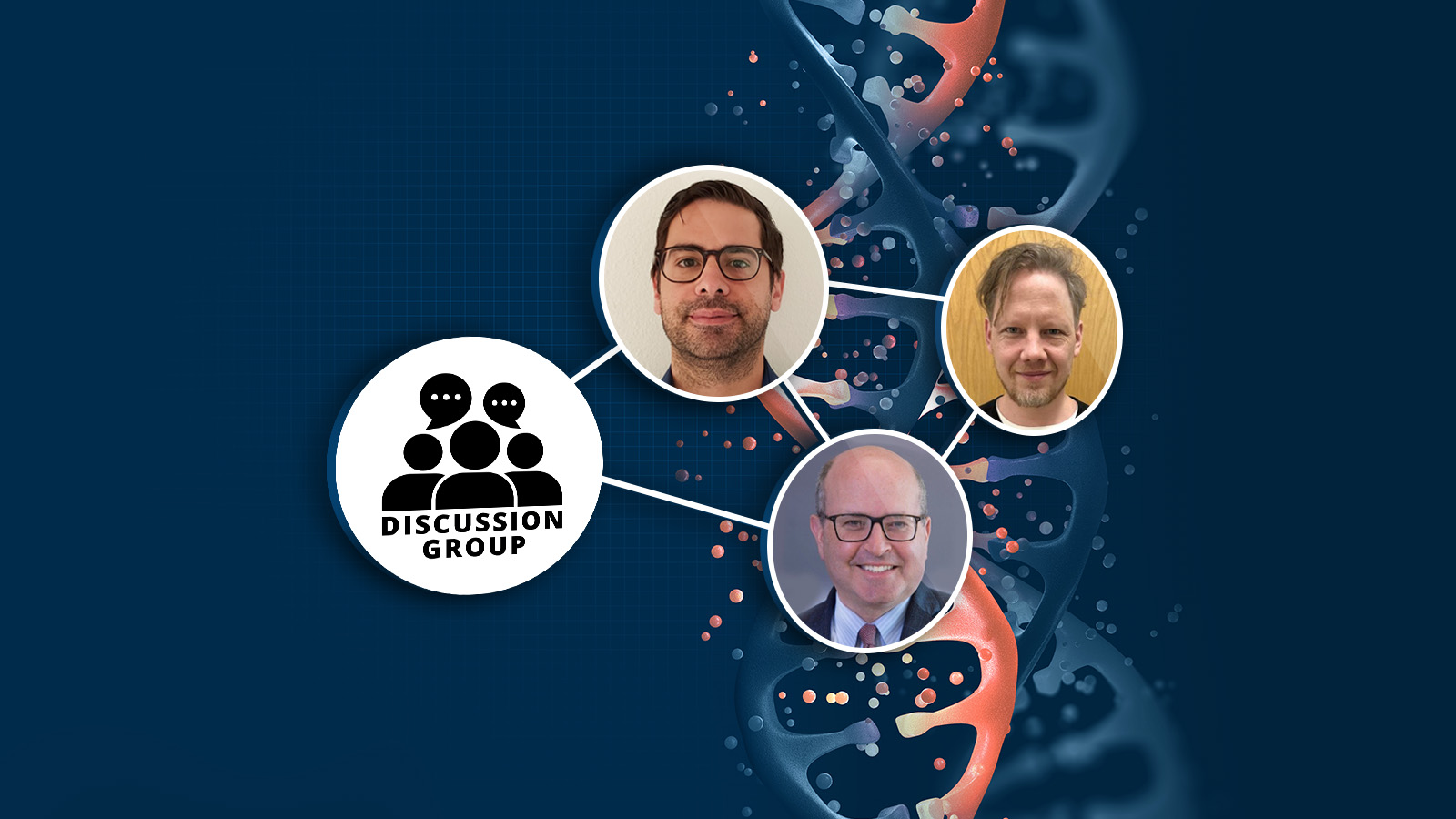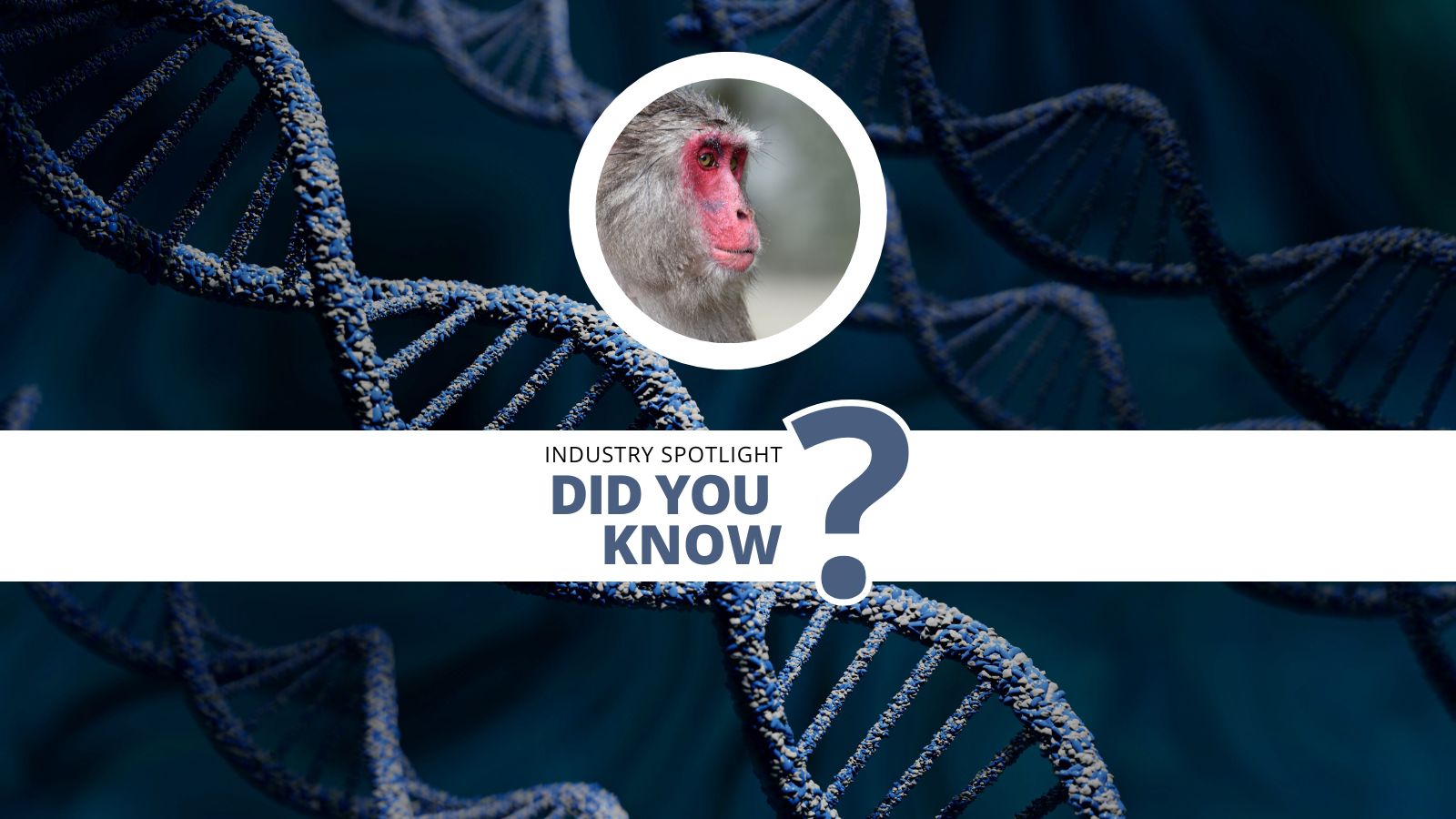Genome Editing: Novel Technologies, Tools, and Translation to Therapeutics

Genome editing is an exciting field which has developed a great deal in a short time. Danilo Maddalo, Group leader of translational oncology at Genentech took the reigns for this months’ group. Danilo has extensive experience in genome editing and has previously also worked at Roche, Novartis and the Memorial Sloan Kettering Cancer Centre.
Novel Genome Editing: The Delivery Obstacle
The group began with a discussion on delivery, which Danilo describes as “a common problem that everyone has” regardless of specialization. Delivery technologies created for protein and nucleic acid delivery have proved useful and effective for genome editing. Commonly used examples include adeno-associated viral (AAV) and antiviral vectors (LV). However, challenges remain when it comes to efficiency, specificity and targeting.
Jaque Tremblay (Full Professor, Department of Molecular Medicine at Quebec-Université Laval) agrees, stating that “delivery is the biggest problem, especially for prime editing. The fusion gene between CAS9 and reverse transcriptase is too big to be delivered by a single AAV. And thus, we have to use a dual AAV, which reduces the success of the therapy. An alternative method is to use an extracellular vehicle to deliver the fusion protein and the RNA. That’s what we are working on.
Genome Editing, Safety and Off-Target Effects
Avoiding, identifying and tackling off-target effects are some of the most significant challenges for genome editing. The high frequency of off-target RGEN (RNA-guided endonuclease) induced mutations have long been a critical concern.
Danilo Maddalo points out for cancer treatment, “chemotherapy establishes DNA breaks all over, and it got approved. So why shouldn’t CRISPR which is more precise? One of the things that scientists will need to do as the therapies start to approach the clinic is to create a comprehensive safety package for the FDA.”
Toxicity and Double-Strand Breaks

Tod Woolf (Co-Founder and CEO at ETAGEN Pharma) explains that “If you’re using RNA to deliver, the problem is toxicity. If you use cherry red or some other reporter, you can get beautifully uniform, red liver. So, the delivery is not a problem here. The toxicity means it’s not suitable for chronic use. It may be okay to do a single treatment for editing if you give the patients anti-inflammatory and steroids so that they can handle one dose.”
There was a consensus in that group that the danger of off-target effects varied depending on the target. Tod expands on his previous point that “delivery is not a problem in the liver. Multiple drugs are approved for human use; you can deliver oligonucleotides to the liver and presumably longer nucleic acids using liposomes.
He continues by saying "for base editing, one of the problems with the specificity of editing is that you chop the double-stranded DNA. If you want to do a precise edit and not destroy the target but correct a sequence, you can add donor DNA. That donor DNA is not attached to everything. So, one solution to that is prime editing. But you can also simply make a guide with DNA attached to the end. And then, that will bring the donor DNA in proximity to the target site. And you can go from 10% editing to 60% or more. It’s much simpler; it’s just a synthetic guide that has donor DNA hanging off the end.”
Jaque Tremblay shares his experience with prime editing, adding that “with Prime editing technology, the possibility of a target mutation is much lower than when you use a CAS9 nucleus that cut both strands of DNA. With prime editing technology, we are using a new method that cuts only one strand of DNA. Therefore, I think the chances of off-target mutation is very low.”

Translation To Therapy
Danilo Madalo moved the conversation onto the next topic by asking, “the challenge for the prime editing and all technologies will always be, how much can you translate that into a therapy? Can you use it as a direct in vivo therapy?
Jaque Tremblay explains that “there are only a small number of diseases that you can cure by doing ex vivo modification. Only the macrobiotic stem cells and maybe some muscle precursor cells can be modified, but then they have to be transplanted into every muscle. So for most diseases, you need to do in vivo gene correction.”
Organ-Specific Challenges
Kristian Laursen is an Assistant Professor of Research at Weill Cornell Medicine Gudas Lab. His work focuses on mouse modelling for kidney cancer. He explains that “we use a tissue-engineered expression of cas9 and guide RNAs and then observe gene editing of multiple targets at the same time in a very specific subset of kidney cells. One of the approaches is to follow up on a project, not with the guide RNAs embedded in the genome but delivered separately to the kidney. Unfortunately, delivery to the kidneys is much more complex than to the liver.
But even with a guide RNA embedded in the genome, we observe very variable genome editing efficiencies with different guide RNAs to different targets. And since we have multiple guidelines for each target, it seems to be target-specific. So we’re speculating on detrimental effects on cell survival of one of our targets. Additionally, we’re initially working on this from the idea of this target being a tumour suppressor, but it seems that one out of the three targets that we have may, instead of halting tumour growth, lead to cell death.”
Final Thoughts and Conclusion
Oxford Global would like to extend our thanks to Danilo Maddalo for his excellent leadership and to everyone who attended. To join one of our upcoming discussion groups, consider becoming a member of our omics community.






